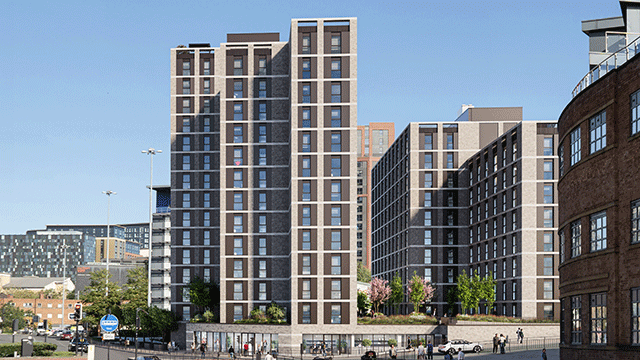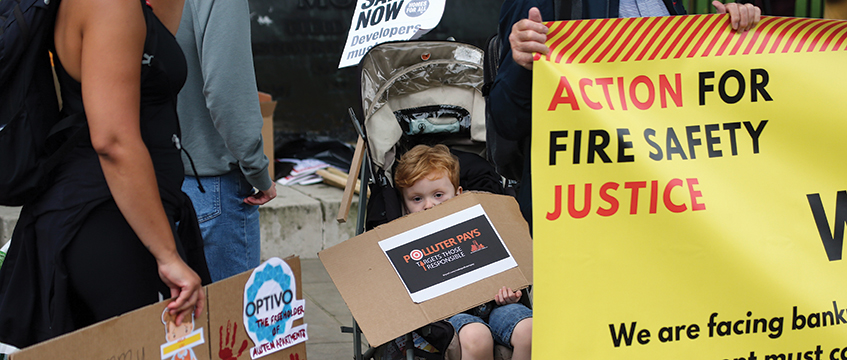The Coal Authority has been ordered to pay £300,000 in damages after pillar collapse was, for the first time, shown to cause mining subsidence.
The Lands Tribunal judgment showed that subsidence at Bedlington, Northumberland, led to the collapse of nine homes.
The subsidence was caused by the disintegration of pillars composed of coal in a disused mine, which has long been suspected to be a cause of subsidence, but never proven to be so.
Wansbeck council, which owned six of the collapsed houses, said that, in light of the decision, it may reassess previous failed claims against the Coal Authority.
Eversheds lawyer Paul Davison, who advised the council, said: “To help prove subsidence, experts examined open-cast seams of coal that had previously been worked by the “room and pillar” method. They found collapsed pillars, and were able to compare them with the workings under the houses in Bedlington.”
The Coal Authority, which deals with subsidence claims under powers given by the Mining Subsidence Act 1991, denies the importance of the case. Director of operations Albert Schofield said: “The lawyers involved in the case have tried to sensationalise the situation. We are set up to deal with mining subsidence, and, in this case, we did not feel that subsidence was the cause of the collapse. The Lands Tribunal found pillar collapse because there was no obvious alternative cause.”
“The authority’s theories for the collapse of the properties were faintly ridiculous,” Davison countered.
EGi News 26/06/99










